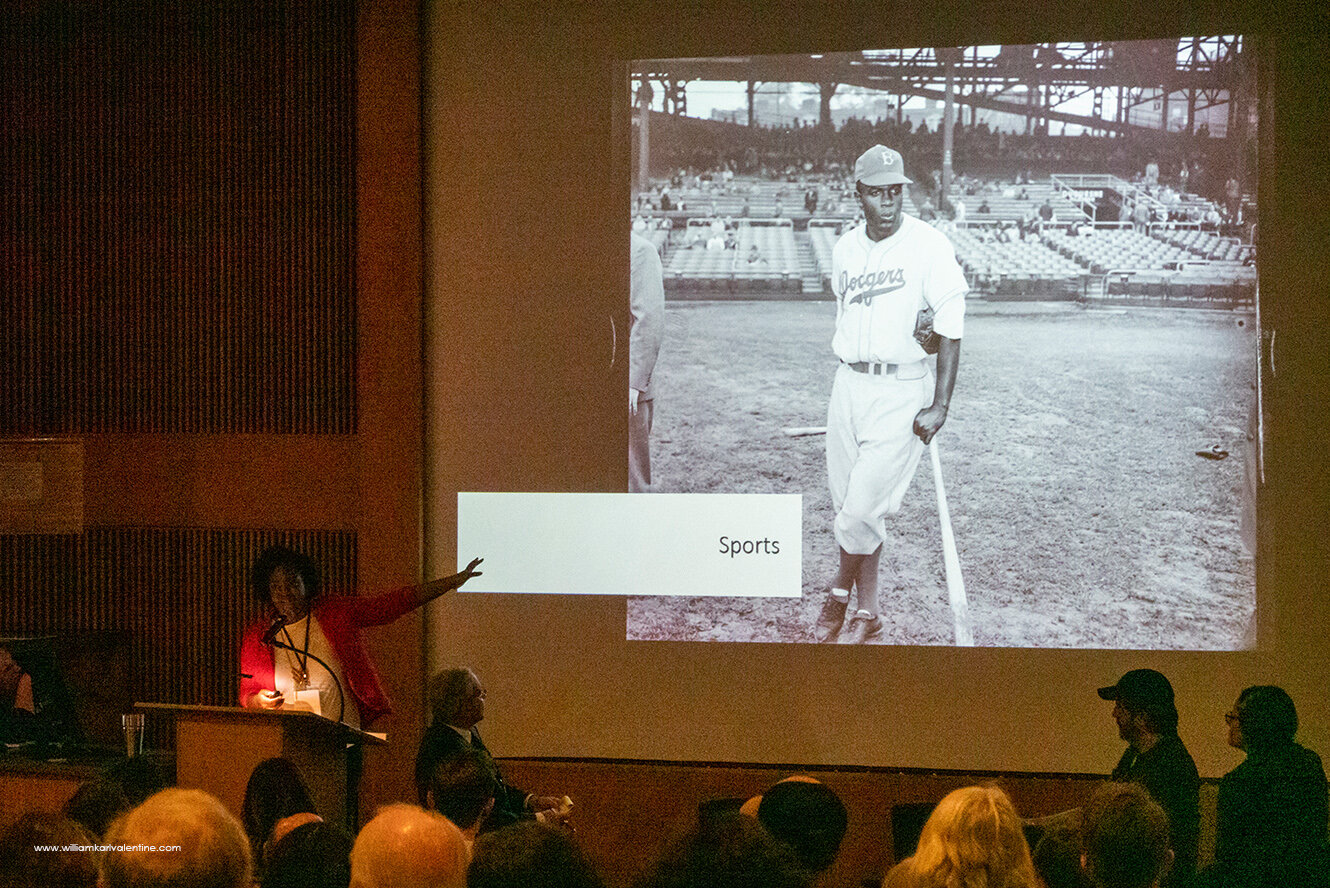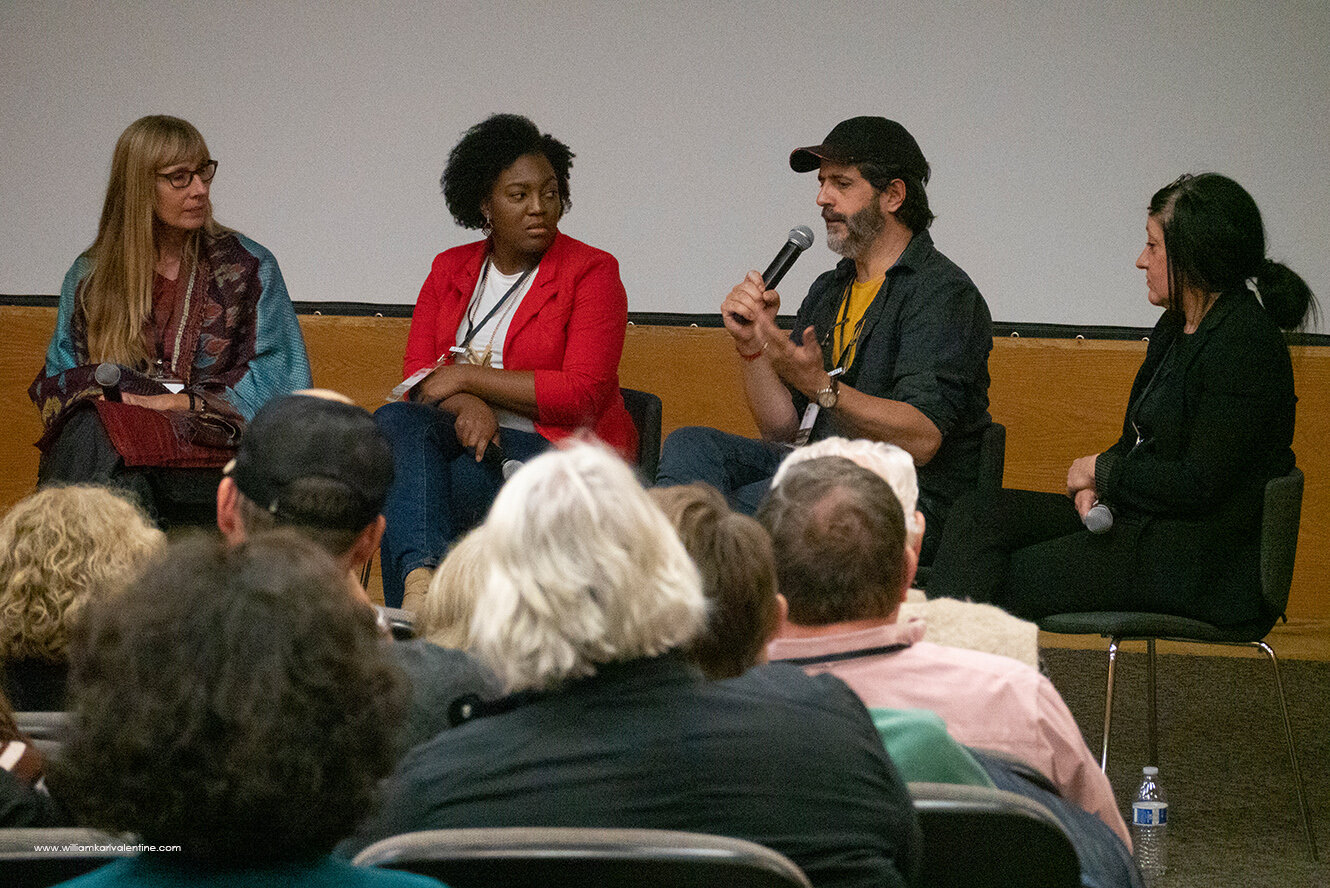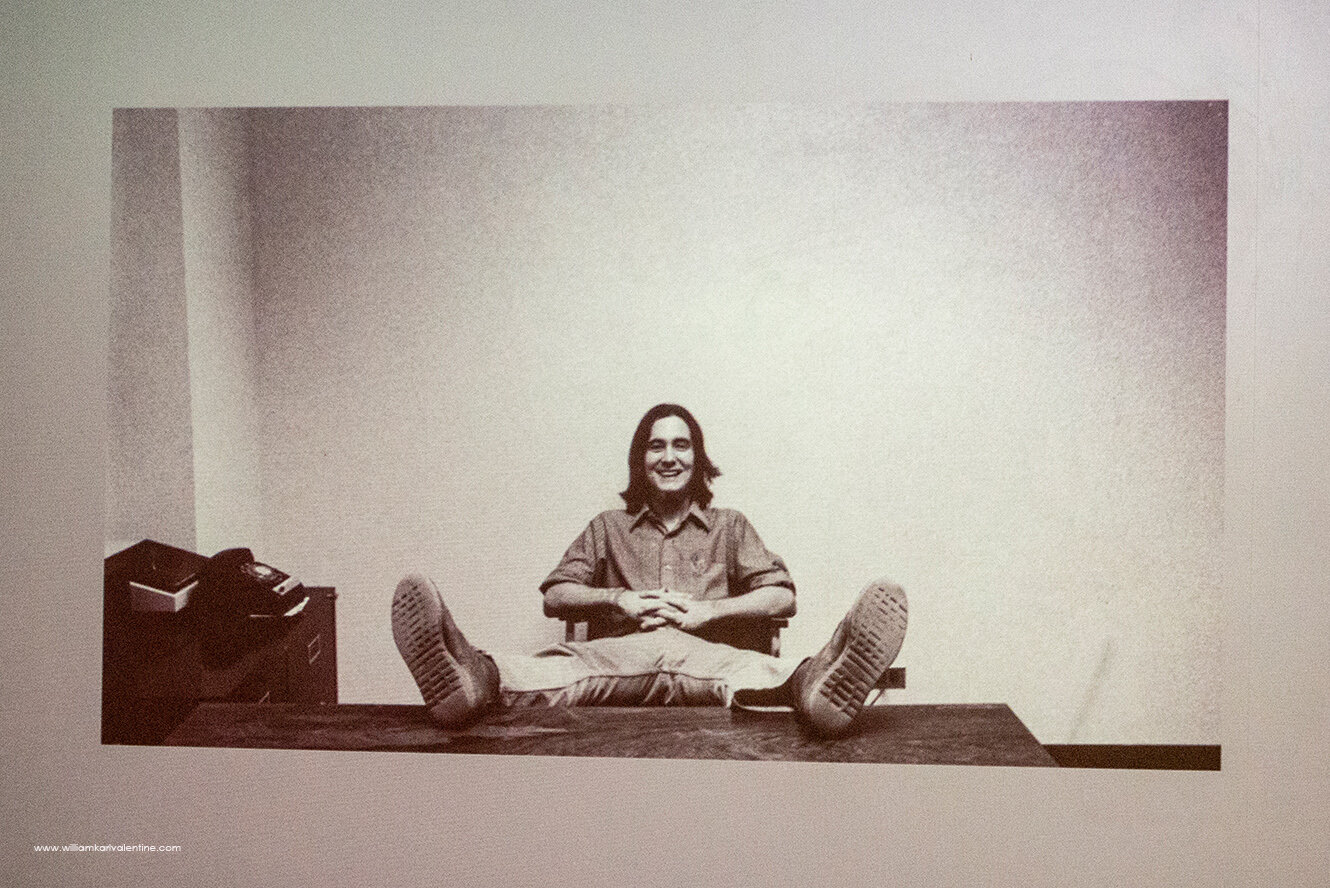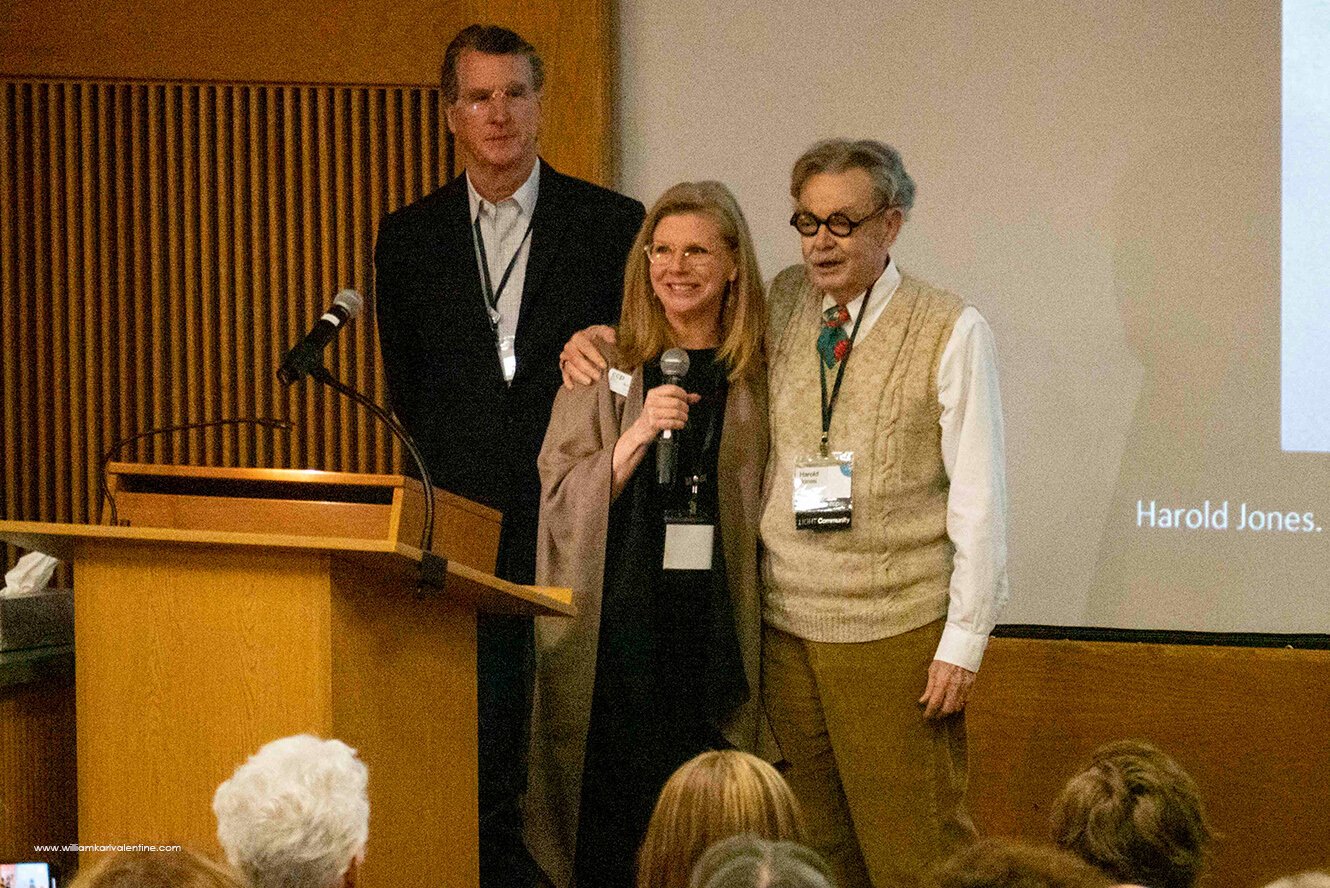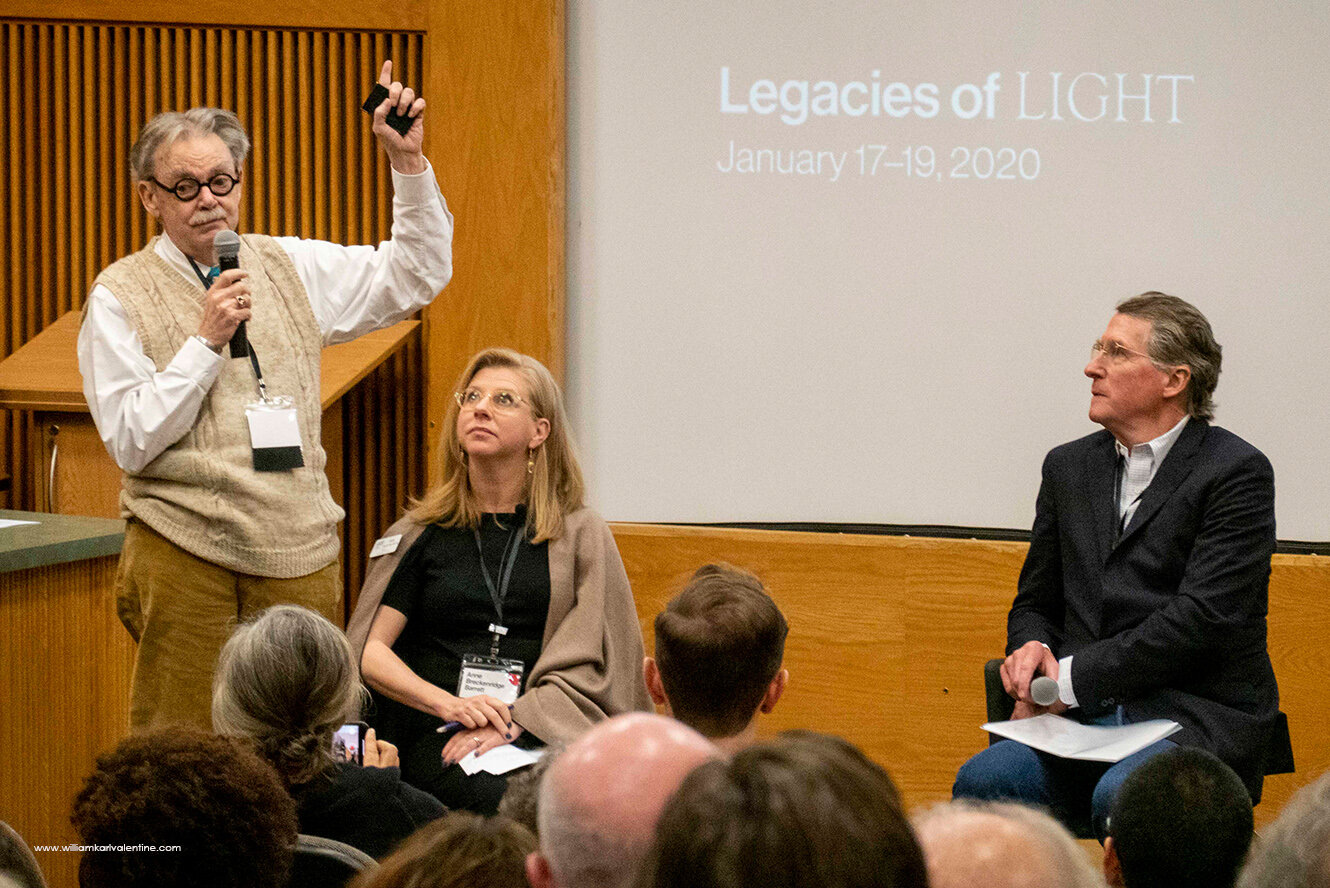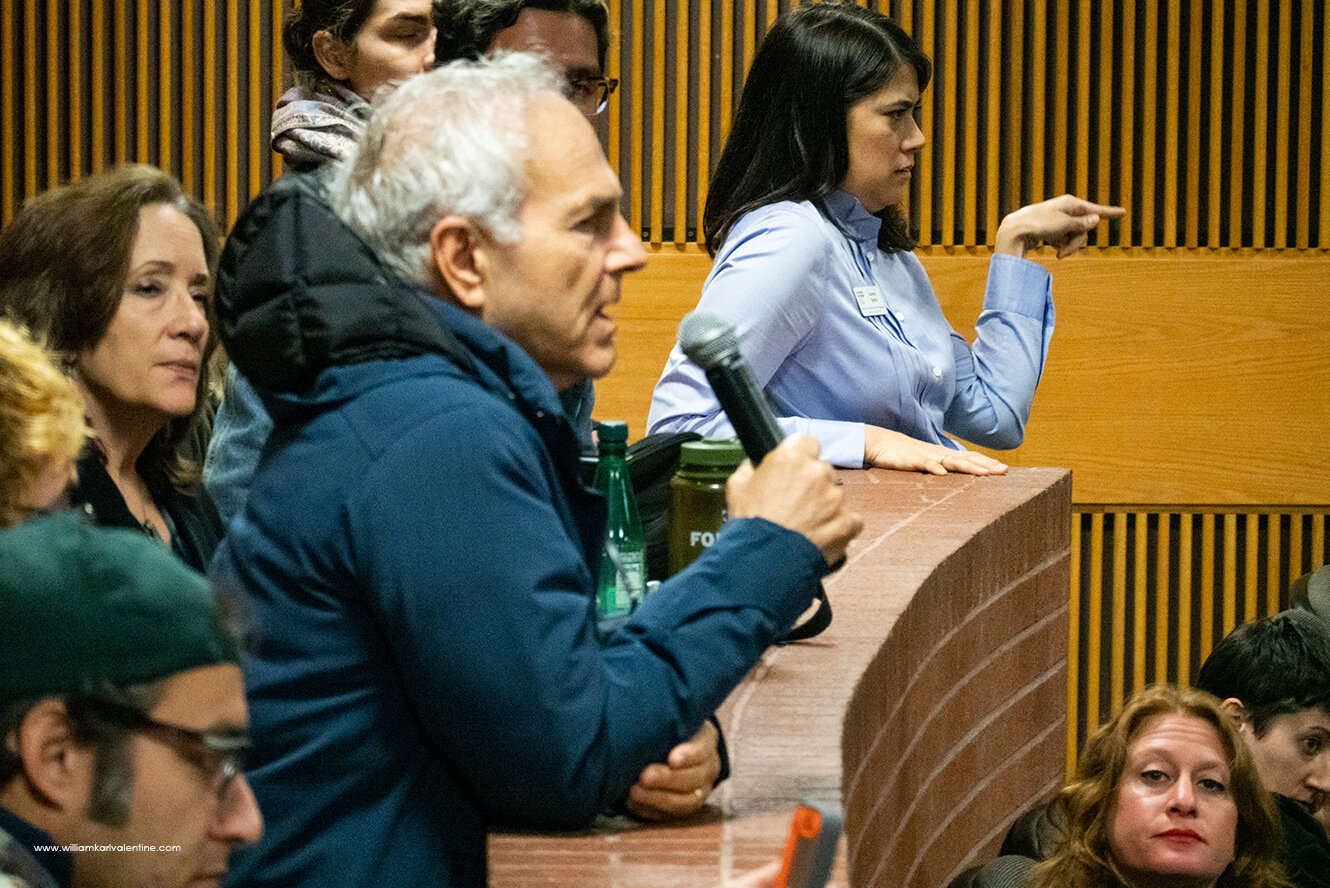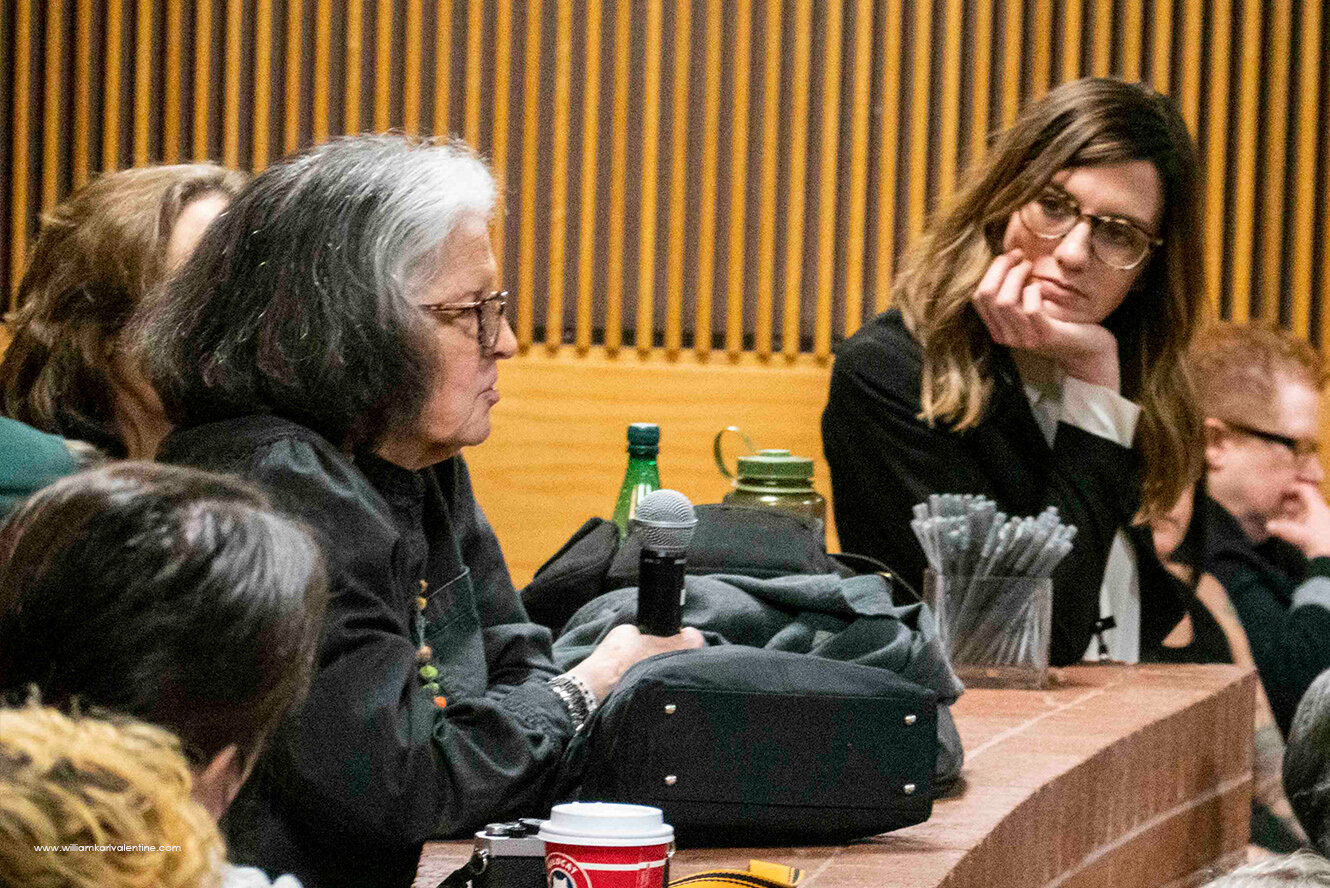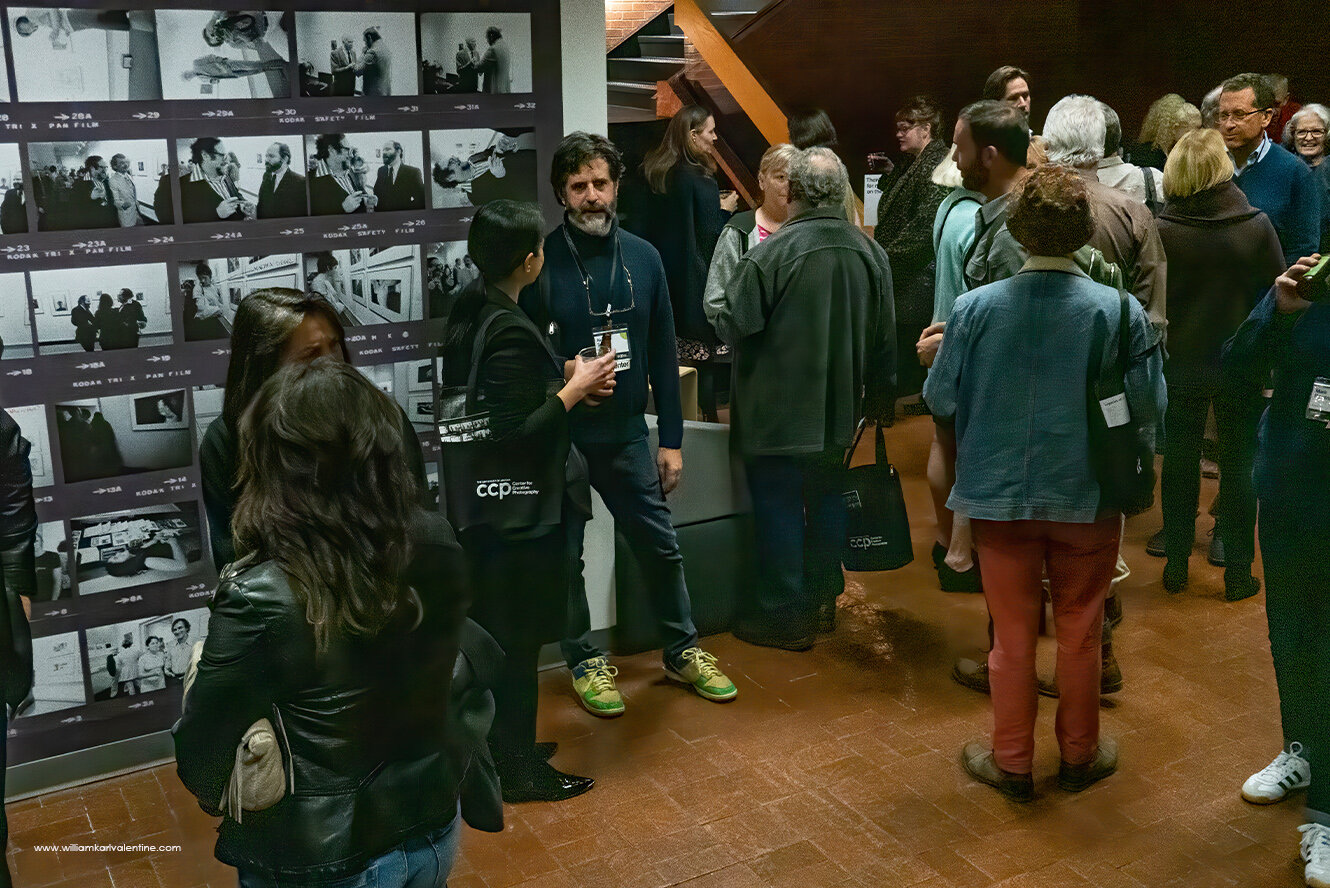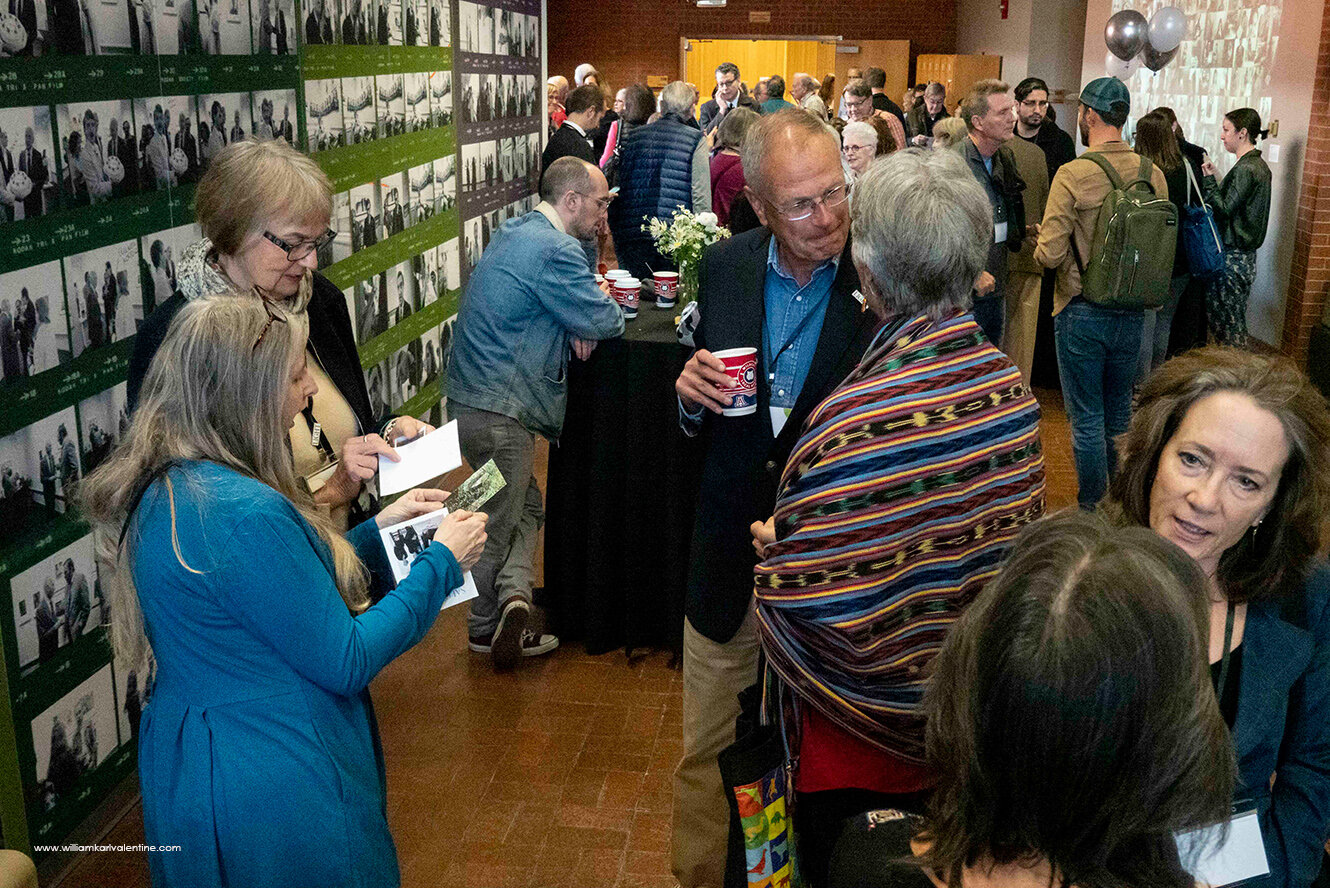As I have written before in posts, when I was at the Legacies of LIGHT symposium at the Center for Creative Photography back in January I realized I was participating in something very special. Not only was the event documenting an important period in the history of the medium of Photography but I felt the symposium itself would one day be looked back upon as an historic event. One thing I noted was that the symposium would most likely be the last time all these incredibly influential people, those who helped shape where our medium is today, would be in the same room together. I had no idea how soon this would happen but on Monday March 23rd the Photography / Art / History worlds lost an important professor and curator who was at the symposium.
Maurice Berger was a writer, cultural historian, and curator whose work focused on the intersection of race and visual culture. In 2018 he won the “Infinity Award” in Critical Writing and Research for his NY Times Lens Section columns “Race Stories”. He was also the Research Professor and Chief Curator at the Center for Art, Design and Visual Culture, University of Maryland, Baltimore County. His spouse of 27 years was Marvin Heiferman who was a former LIGHT gallery employee and presenter at the symposium. Maurice passed away in New York from complications related to the COVID-19 virus.
I did not know Maurice personally but I photographed him several different times at the symposium, including the moment he was photographing Marvin with their long time friend a fellow LIGHT gallery alum Laurence Miller, some of my best images from the symposium.
Earlier this month I sent prints to many of the people I photographed at the symposium . Larry Miller got his prints before Maurice and Marvin, Larry showed his prints to Marvin who immediately reached out to me asking for a copies, not knowing I had already made him prints. I am in shock right now with the realization that two weeks ago I was trading emails with Marvin about these images and two days ago Maurice died from the COVID-19 virus. After hearing the news last night I looked on Maurice’s Instagram page and saw a week ago he had posted an image of Marvin photographing in Hyde Park, NY and made a comment in another post about being in a crowded upstate New York market listening to people discuss the virus. Maurice’s decline and passing must have been incredibly fast which is scary. I was in Boston with my son, Brent, when concerns about COVID-19 started to really take hold in this country. We had planned a long road trip back when Brent’s hockey season ended but changed plans for a fast direct route when we realized how serious the situation was becoming. We have been back in California for almost a week now after witnessing the country shut down more and more as we traveled West. Hopefully we will continue to stay healthy as this pandemic passes through our society. Maurice’s passing brings mortality in to focus for me one more time this year (just a brutal year of loss), hopefully others in society will recognize the seriousness of the situation and be even more vigilant in their habits. My thoughts and prayers go out to Marvin, Maurice, and all their family and friends.
Obituaries for Maurice:

















